Bruce Lee didn’t just throw punches — he danced. Before becoming a martial arts legend, he was Hong Kong’s Cha-Cha champion. The same precision, rhythm, and fluidity that made him a force on-screen first took shape on the dance floor, where he learned how to move, adapt, and control space.
Cha Cha Festival moves in much the same way. Named for both the word for tea across Asia — chá, chai, trà — and Lee’s lifelong philosophy of movement, the festival isn’t about stillness. It’s about gathering, shifting, and transforming.
Over four weekends in February during Lunar New Year, Cha Cha Festival — founded and curated by Karen Wong, Chief Brand Officer of the New Museum — takes over Water Street Projects in Lower Manhattan, where history and innovation collide. Inspired by the unrealized vision of engineer and architect Alfred Liu, who passed away in 2014, and his Far East Trade Center, Cha Cha is a fully realized, interactive, and immersive experience. With five artist-designed tea installations, 20+ AAPI culinary vendors, and an open invitation to sip, sit, and stay a while, the festival reimagines what a tea house can be — not just a place to drink tea, but a place to gather.
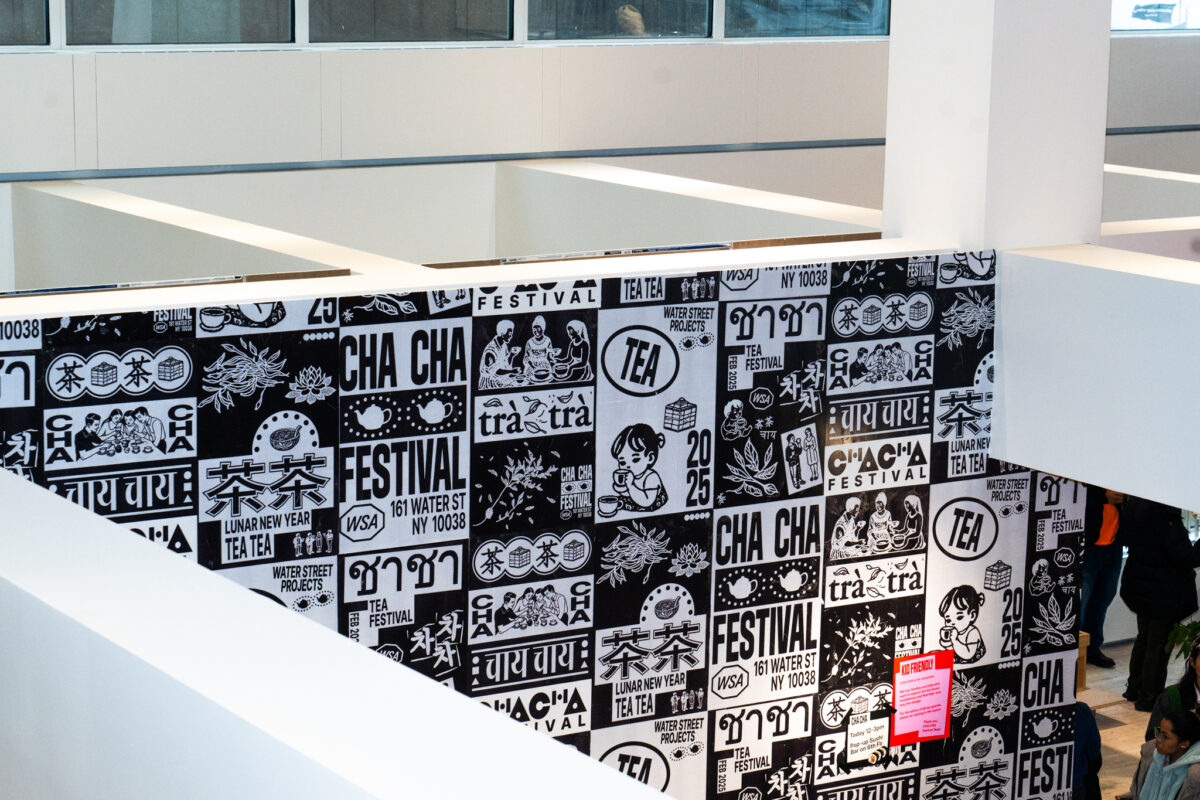
At every turn, bold and energetic visuals shape the space, wrapping the festival in a stunning visual language that feels both nostalgic and refreshingly modern. The festival’s visual identity was designed by Pentagram, an independent design consultancy, in collaboration with Natasha Jen, the firm’s first Asian American partner.
“Her team did this amazing job of understanding how to make this feel like a fun palace but also a university of the streets,” Wong said, referencing Cedric Price’s arts and culture festival Fun Palace, a radical 1960s concept that imagined architecture as ever-changing and participatory. “Everything’s a collage to bring all of these different cultural communities and weave them together.”
More than 20 AAPI-owned food vendors filled the space, offering everything from tea-infused desserts to small-batch teas, snacks, and rice balls — each designed to complement the tea drinking experience.
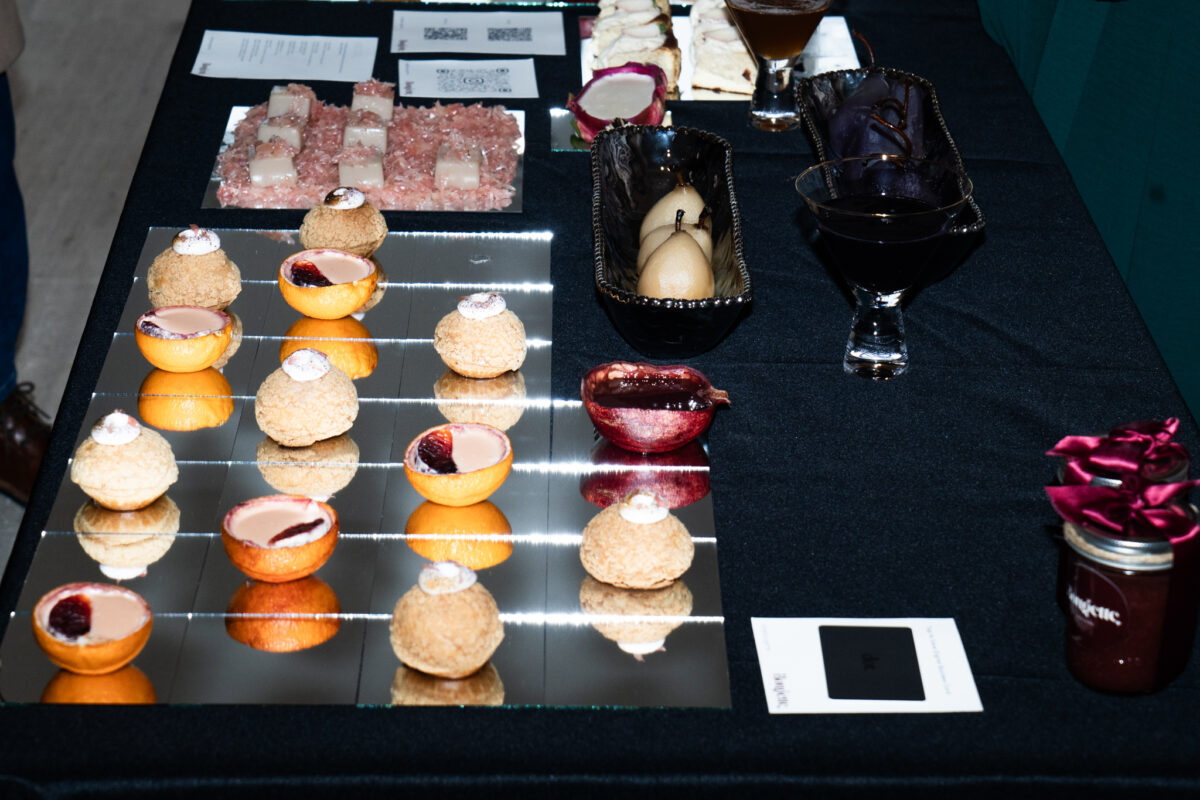
“We wanted tea desserts, both savory and sweet, and tea tastings to be the connective tissue for the festival,” Wong said.
Grand Tea and Imports, a family-run tea shop based in Chinatown that offers small batch tea from their reserves, served Pu-erh tea.
“Once all the culinary vendors came together, there was an emphasis on small AAPI-owned businesses, and those taking a more creative approach to food making, rather than just making, and selling. A lot of the vendors care deeply about the food they make and the history behind it,” curatorial assistant Ming Chen said.
But Cha Cha Festival isn’t just about tea and desserts — it’s what happens around it. Art installations, mahjong tables, DJ sets, tea-dye paintings, apothecary sessions, seed plantings, and hands-on crafts invite people to linger, talk, and settle into a space that isn’t home or work.
The festival channeled five design teams to interpret five different teas — chai, hojicha, pu-erh oolong, and lotus — through interactive spaces. Some installations were meditative, others tactile, and a few invited participation in unexpected ways.
One of the most playful was the Pu-erh Tea House by furniture design duo Chen Chen and Kai Williams.
Pu-erh tea — known for its deep, earthy flavor — calls for rinsing the leaves before drinking to ensure a clean, even brew. The duo took this ritual into something interactive: a spinning ball fountain inviting visitors to toss their leftover tea into the swirling water.
The installation nods to Baoding balls, often called Chinese medicine balls — small spheres traditionally used for meditation and dexterity.
For the Lotus Tea House, created by Shannon Lai for Studio Lily Kwong, visitors were invited to plant a seed into a cup — one that, over the course of the festival, would take root and sprout.
At the center of the installation, a platform represents the pond where the lotus grows, a visual metaphor for the process unfolding in real-time.
But the beauty of the installation wasn’t just in the planting, it was in the return. Visitors were encouraged to come back, see their seedlings emerge, and eventually take them home, carrying a piece of the festival with them.
The festival is a third place, steeped in community. Everywhere you look, participants were encouraged to engage with installations, explore food stalls, play mahjong, sip tea, or simply be.
“I feel like there’s not a lot of events or spaces in New York where you can … chill with strangers. I feel like it’s always the club, bar, loud music … or just commuting on the subway.” Chen said. “There are less third spaces … we need more of that in Manhattan.”
Although Alfred Liu’s Far East Trade Center was never built in the ‘80s, his dream of a multi-tiered wonderland of tea shops, vendors, and bustling markets is very much alive today at Cha Cha Festival. It’s here for one last weekend, February 22-23 — see it while you can.

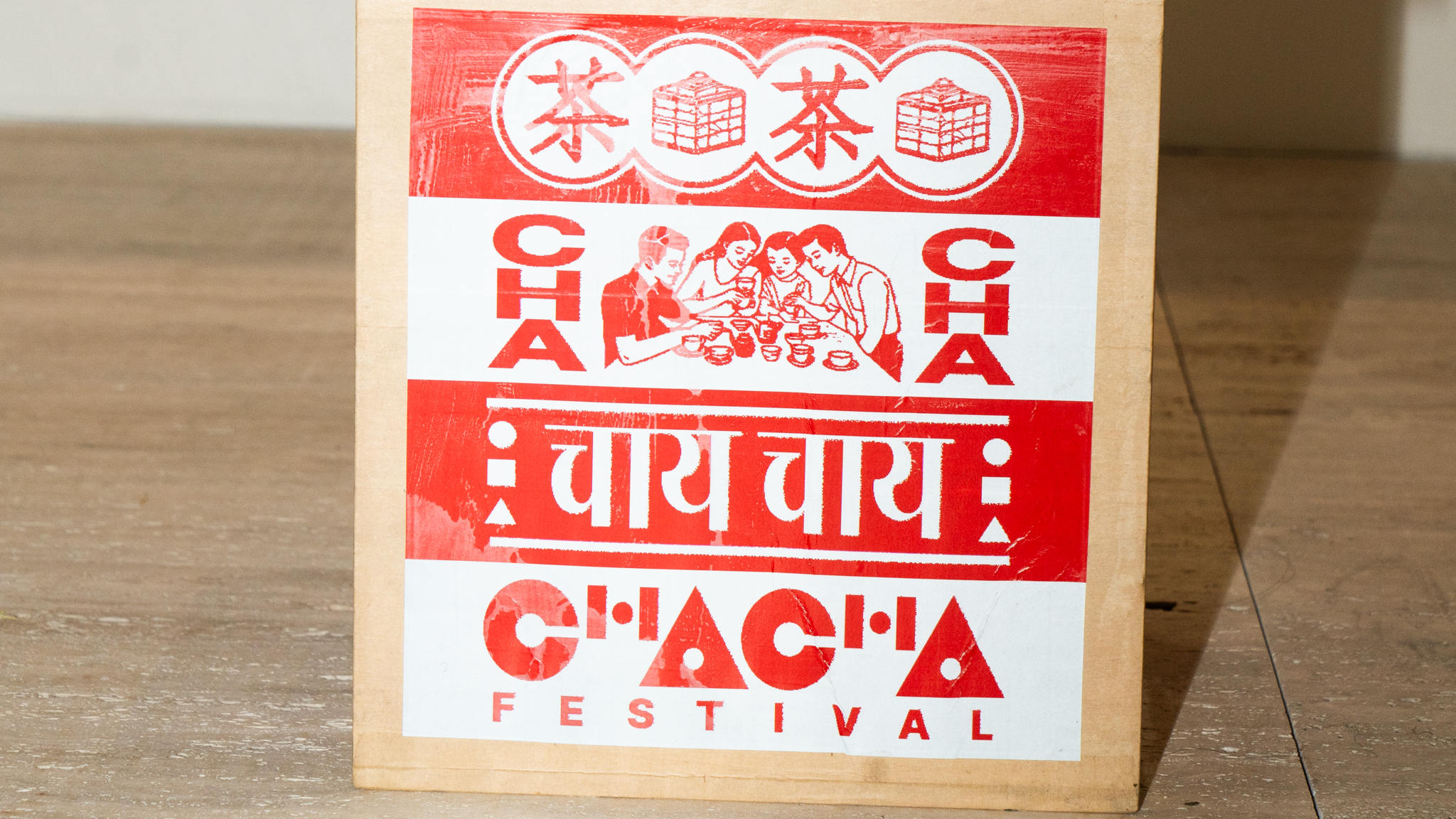
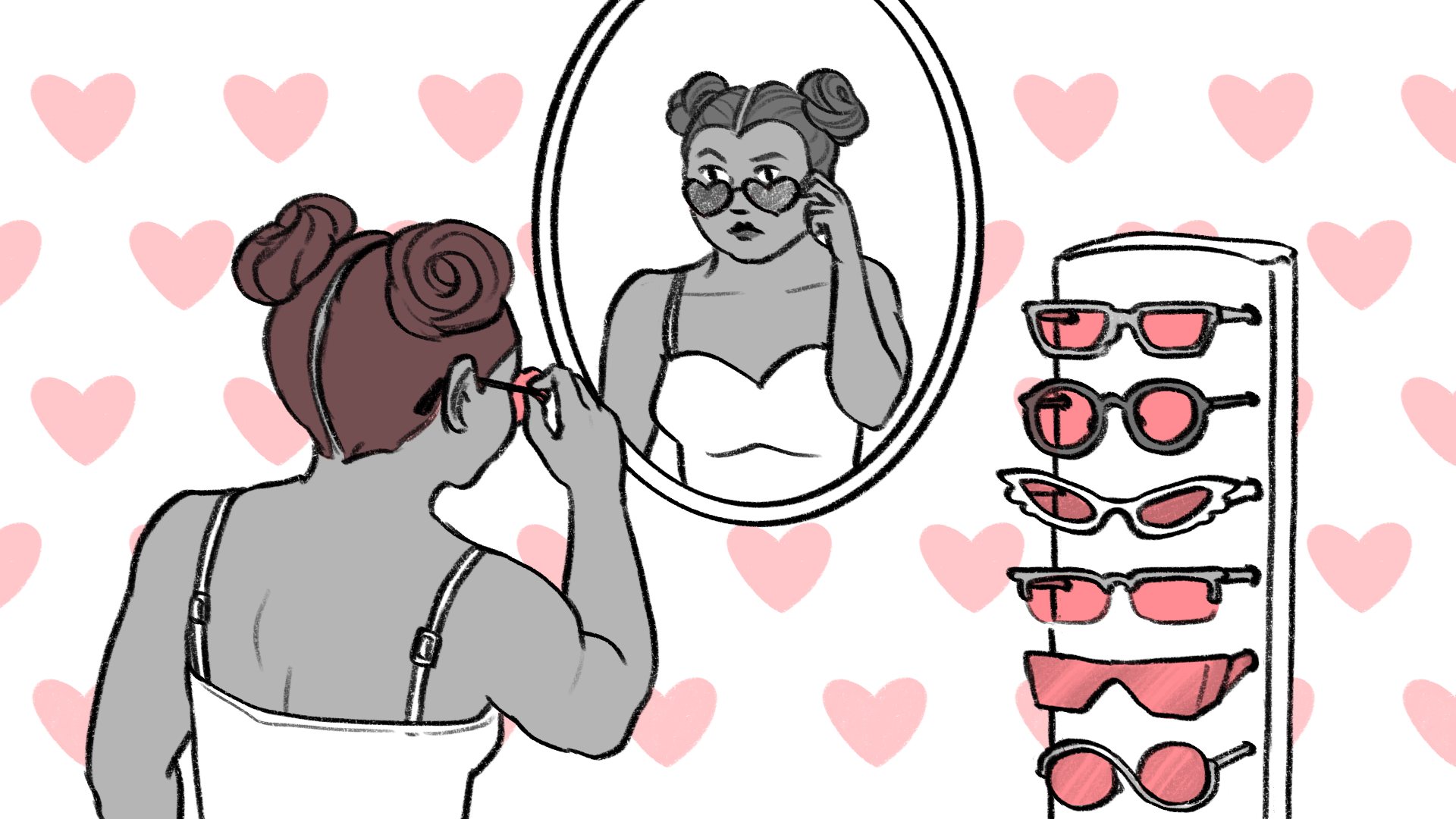
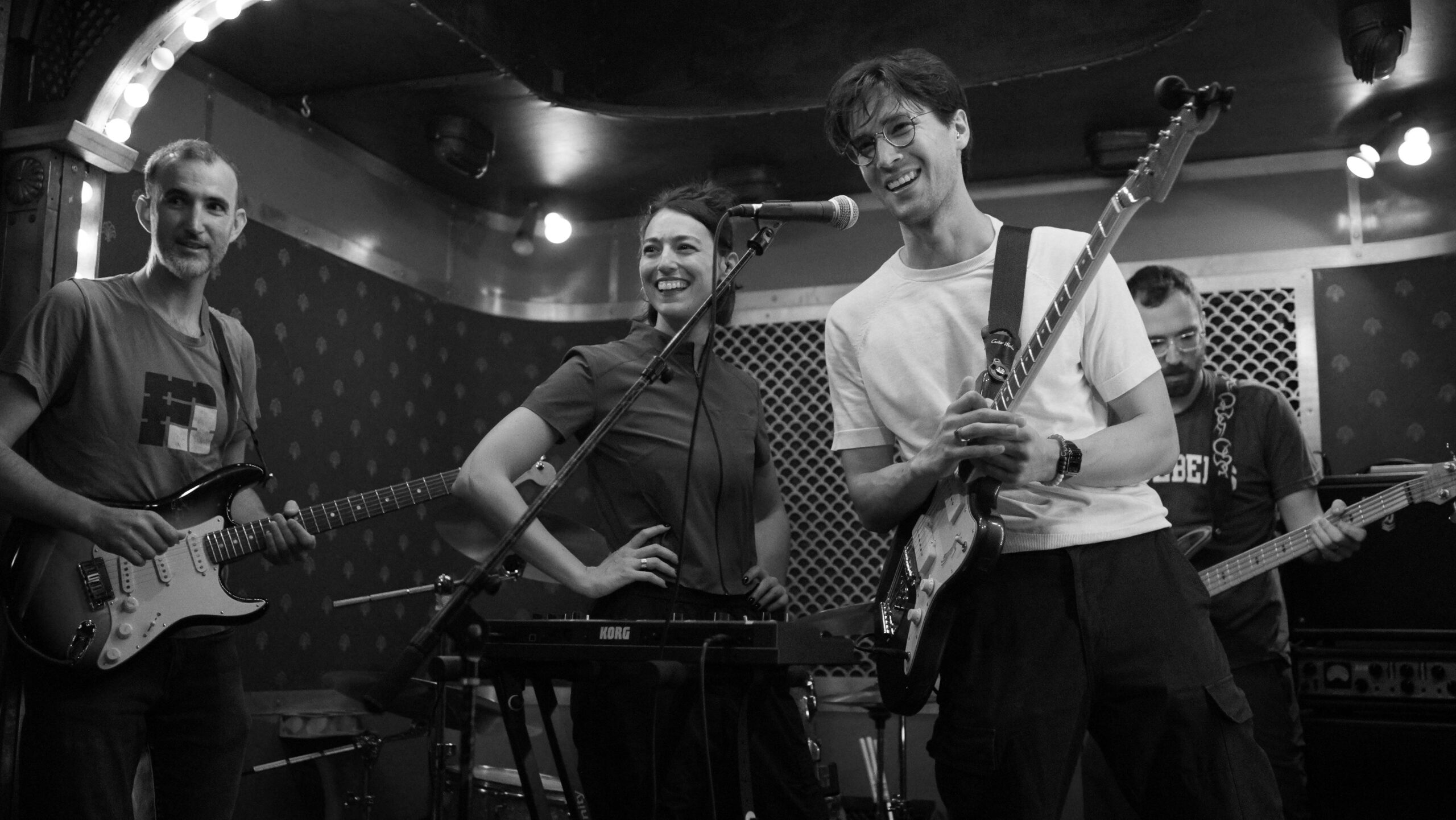
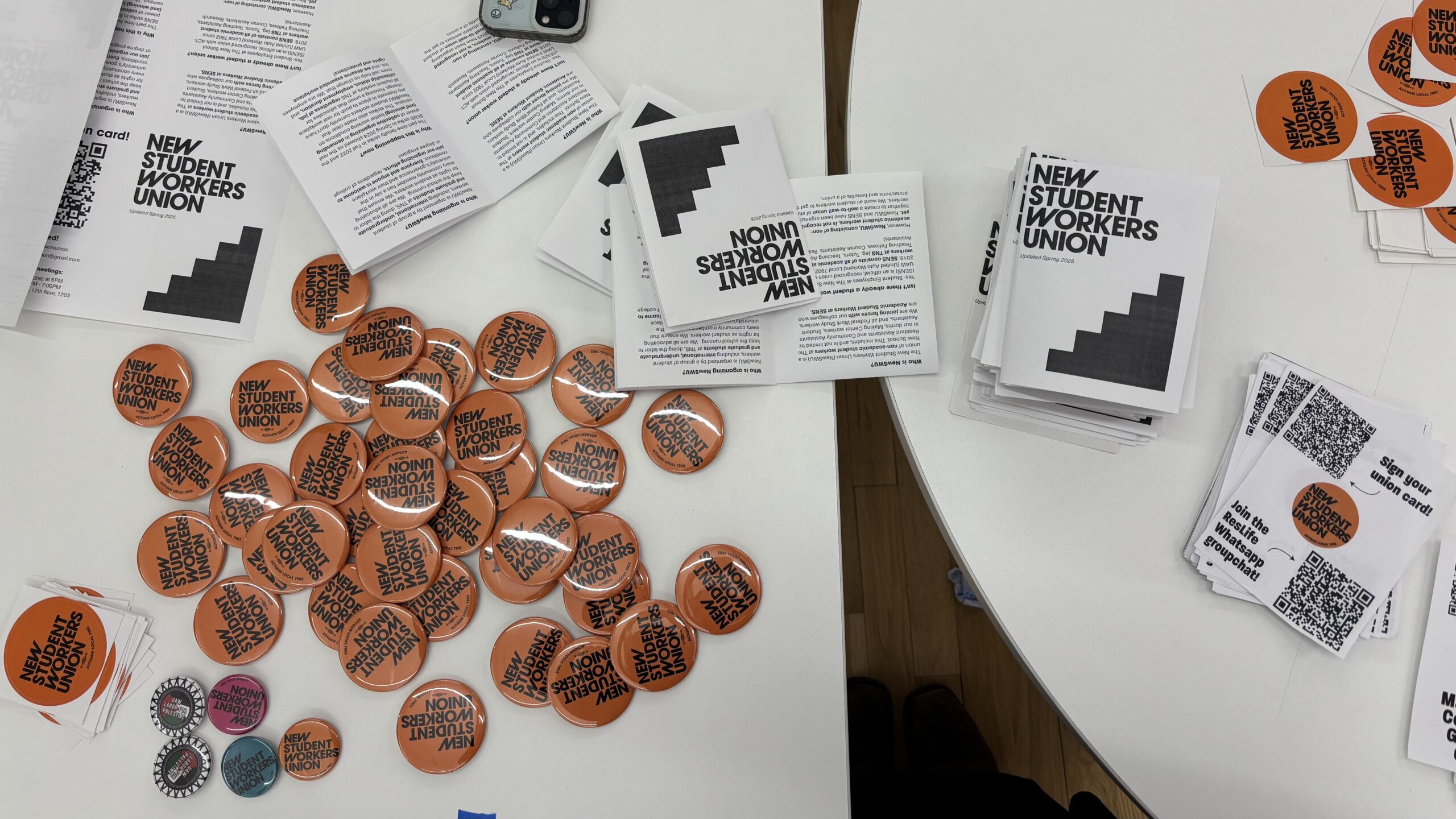
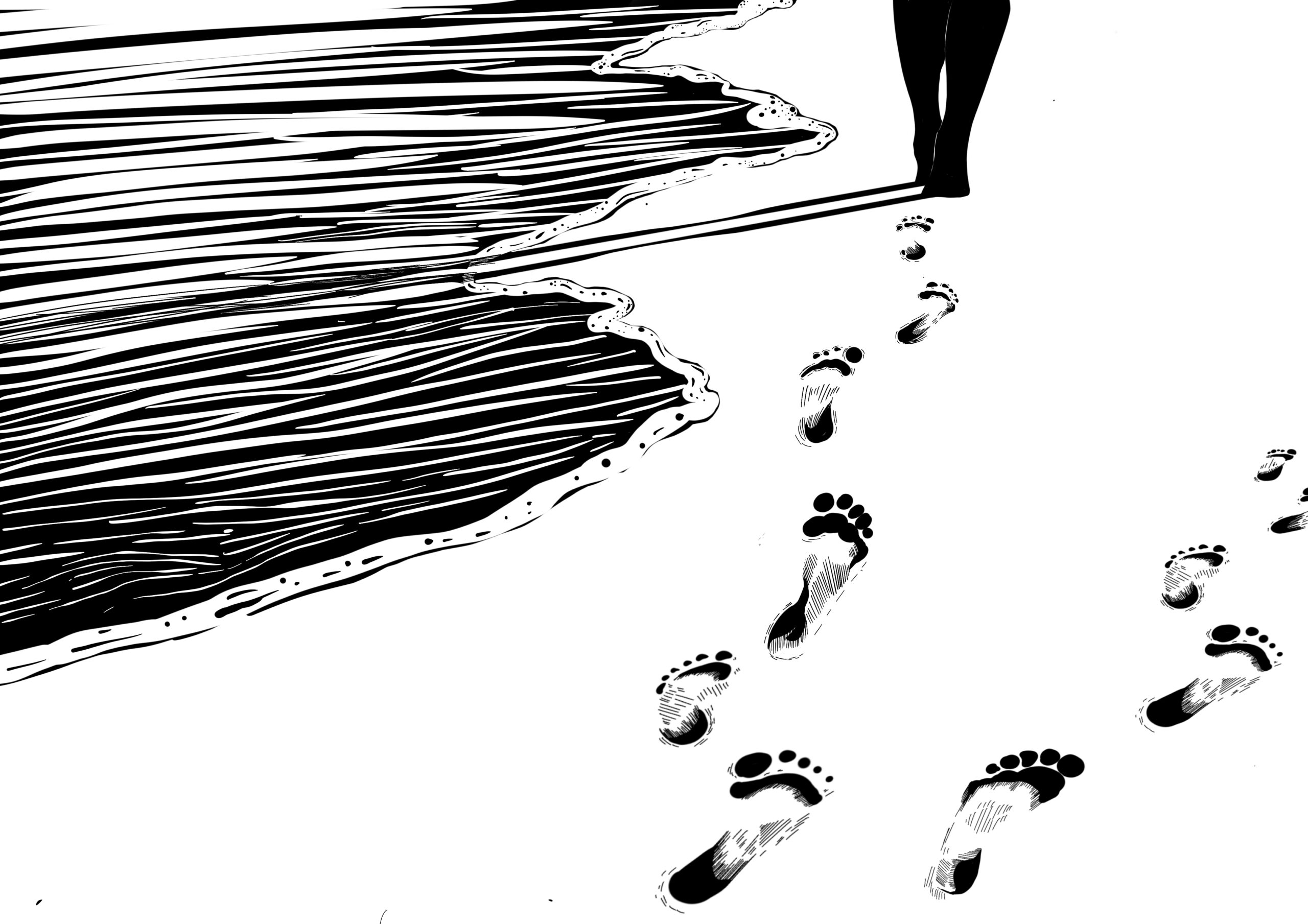
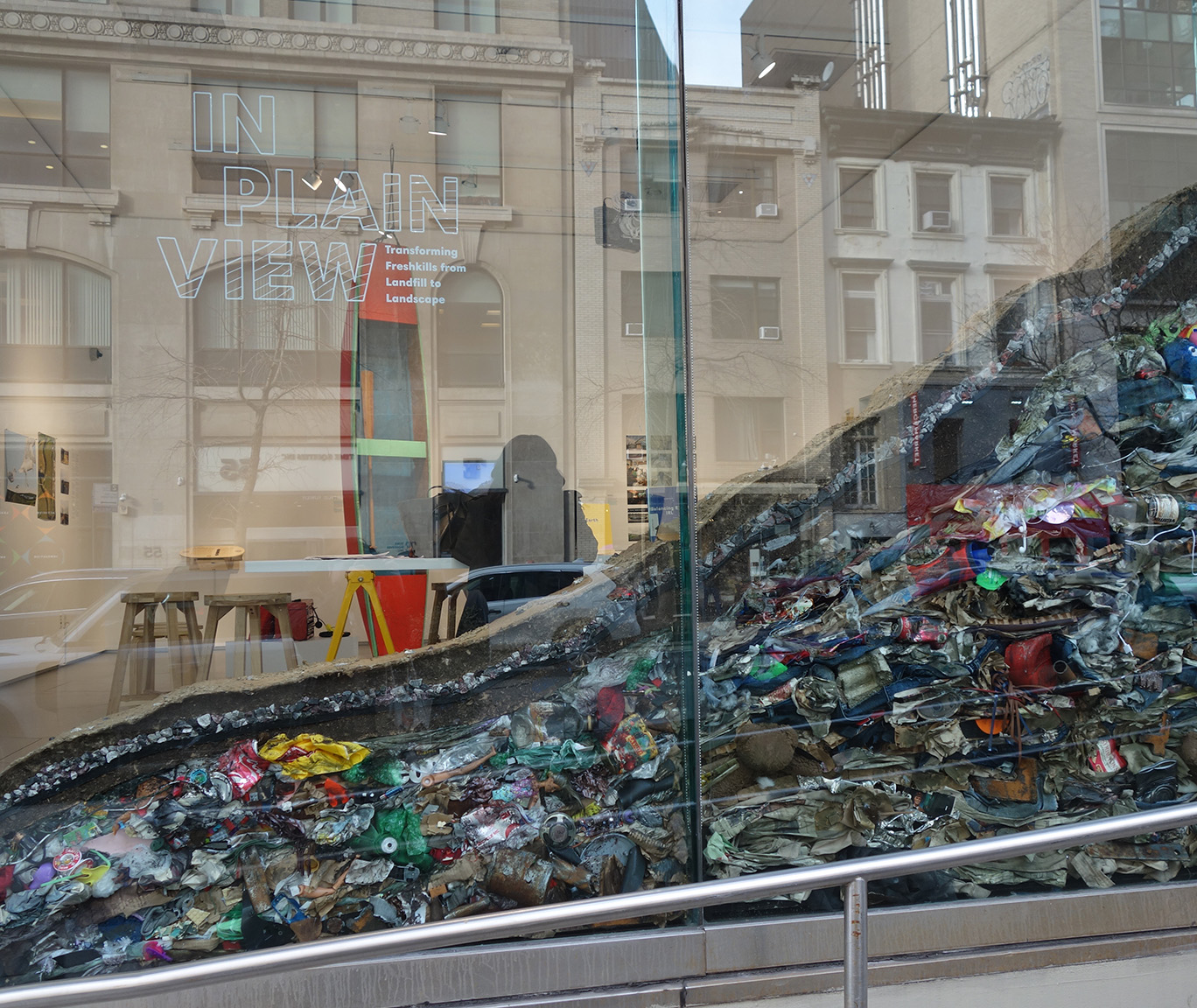
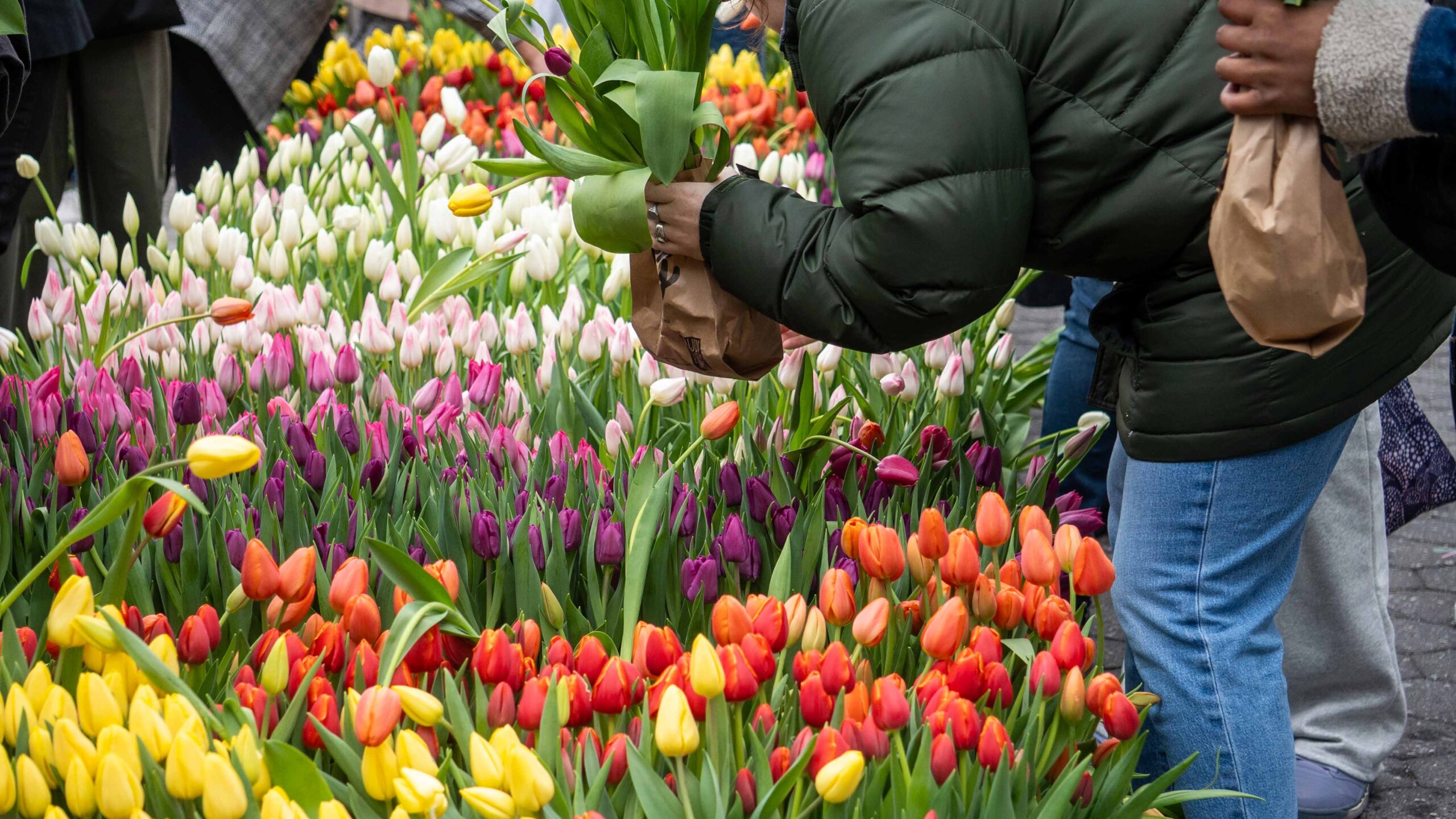
Leave a Reply